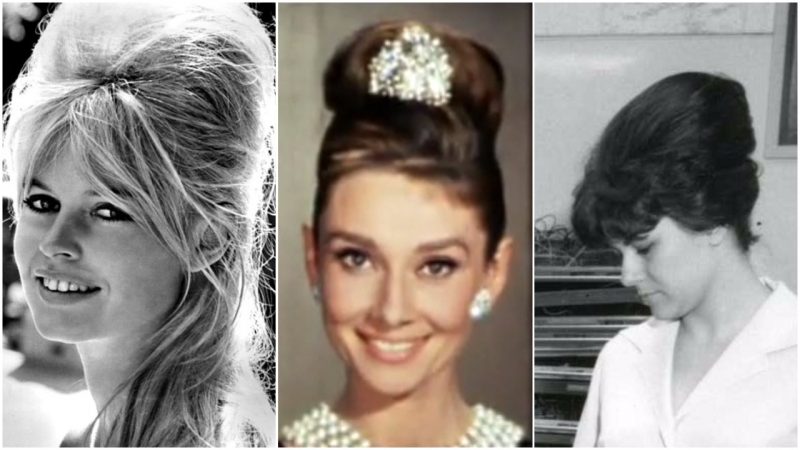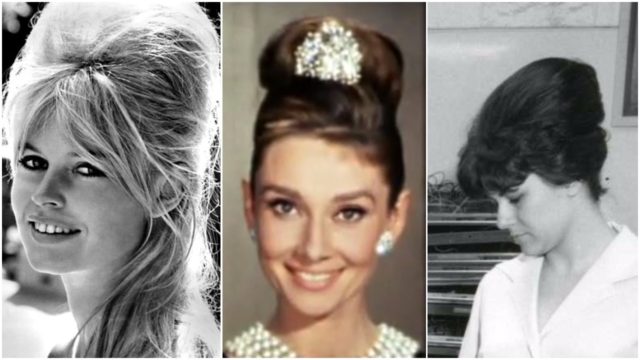
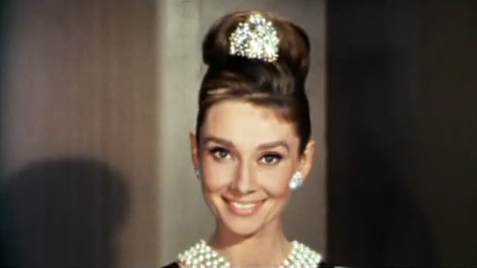
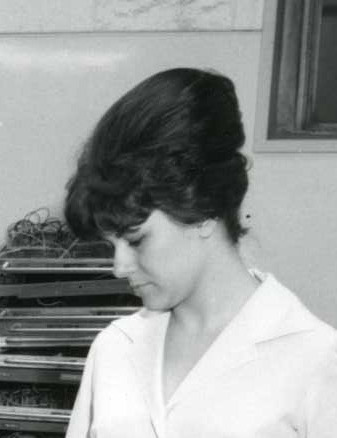
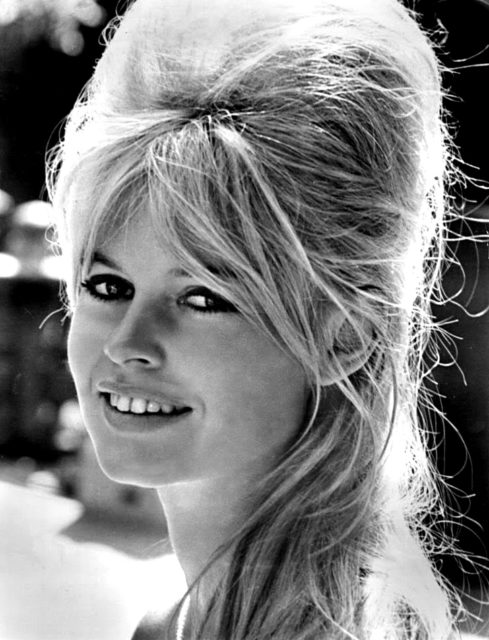
She originally modeled it on a fez-like hat that she owned. The beehive was formed using a comb and running it back and forward down the hair to create a knotted effect which was lightly combed over to smooth down the effect. The longer the hair the higher the beehive.In recognition of her achievement, Cosmetologists Chicago, a trade association with 60,000 members, created a scholarship in Heldt’s name for creativity in hairdressing. The beehive style was popular throughout the 1960s, particularly in the United States and other Western countries, and remains an enduring symbol of 1960s kitsch. It is also known as the B-52 due to a resemblance to the distinctive nose of the Boeing B-52 airplane.
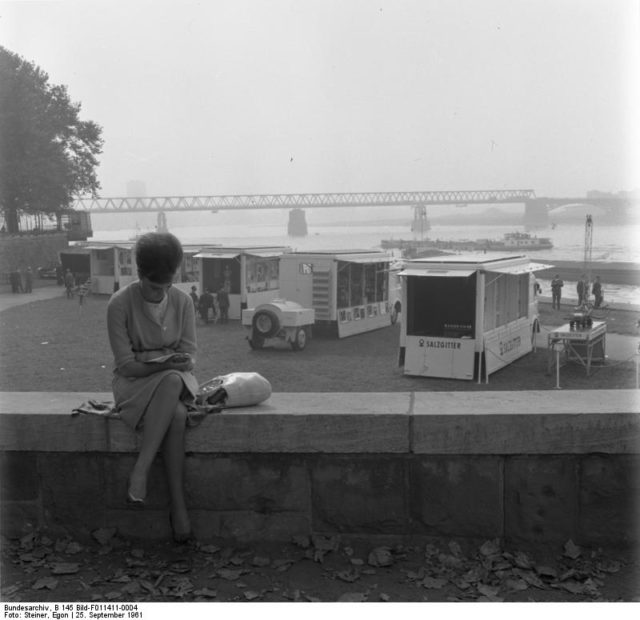
Despite inventing the hairstyle, Heldt did not name it: for the final touch in her original design she added a bee-shaped hat pin and from that a reporter for the magazine Modern Beauty Shop (now Modern Salon) “it looks just like a beehive! Do you mind if we call it the beehive?”
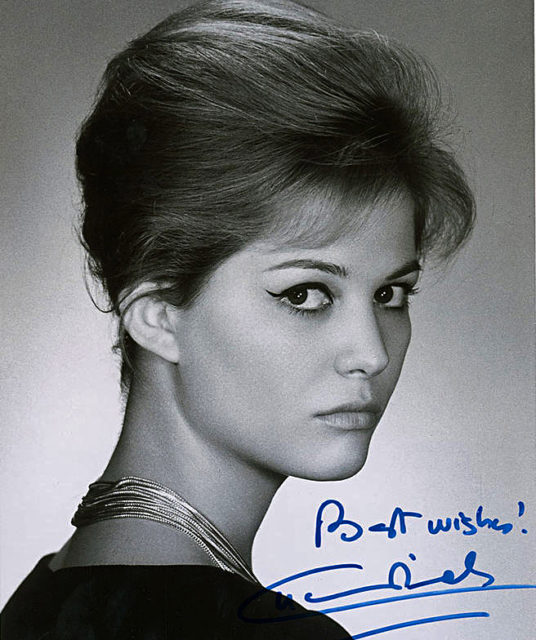
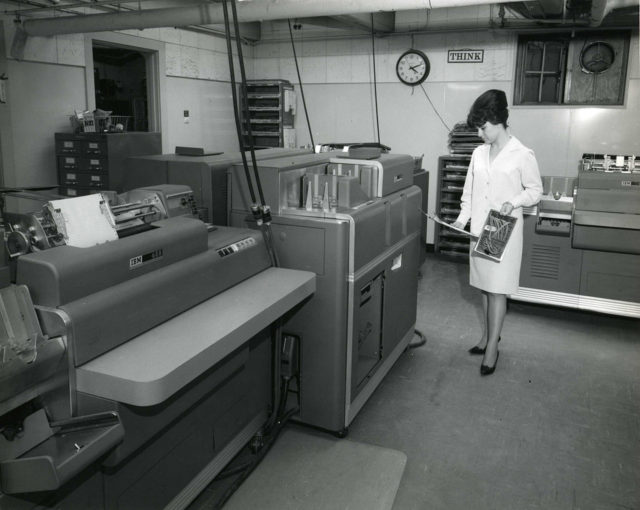
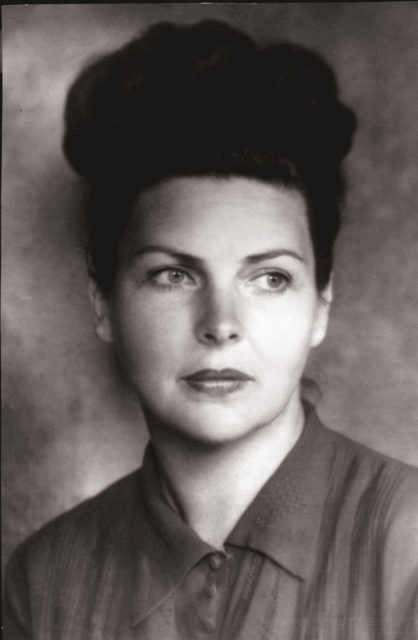
From Audrey Hepburn to Marge from The Simpson, women generally have enjoyed this kitschy hairstyle.The popular girl group, The Ronettes, helped popularize the hairdo. “We came from Spanish Harlem”, recalls the group’s veteran lead singer, Veronica “Ronnie” Spector, in a Village Voice interview. ” ‘We had high hair anyway.’ So the Ronettes made their hair still higher—’We used a lot of Aqua Net’ “.
